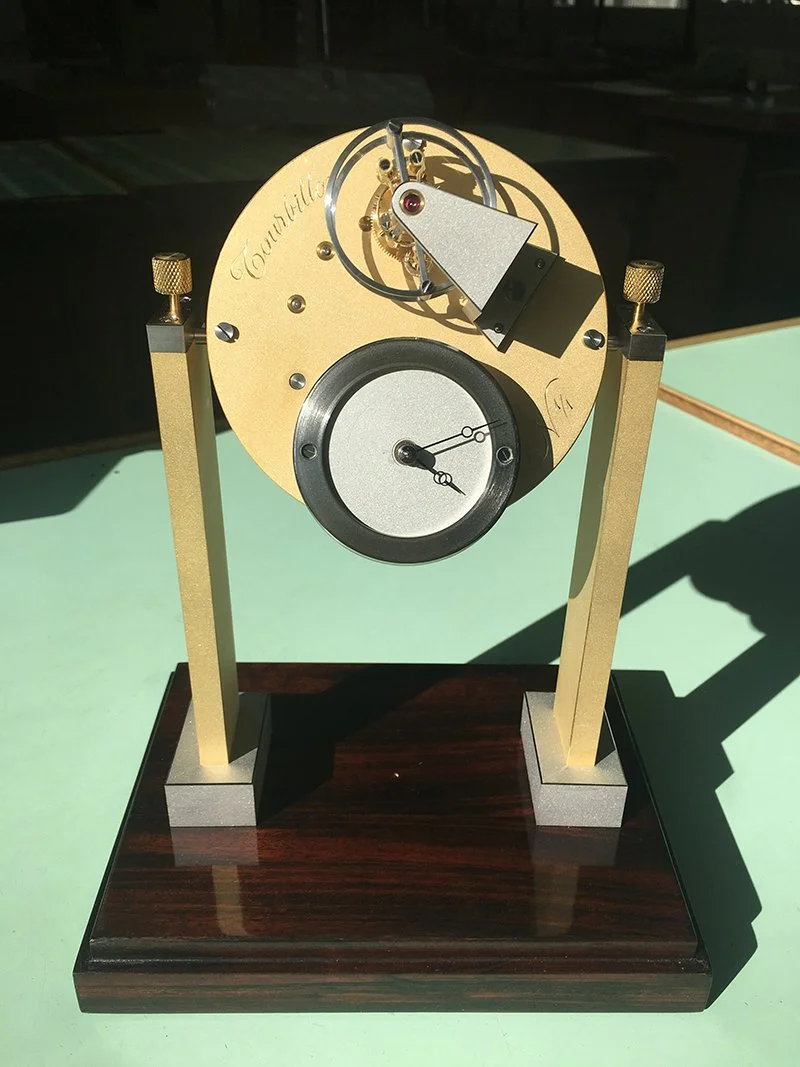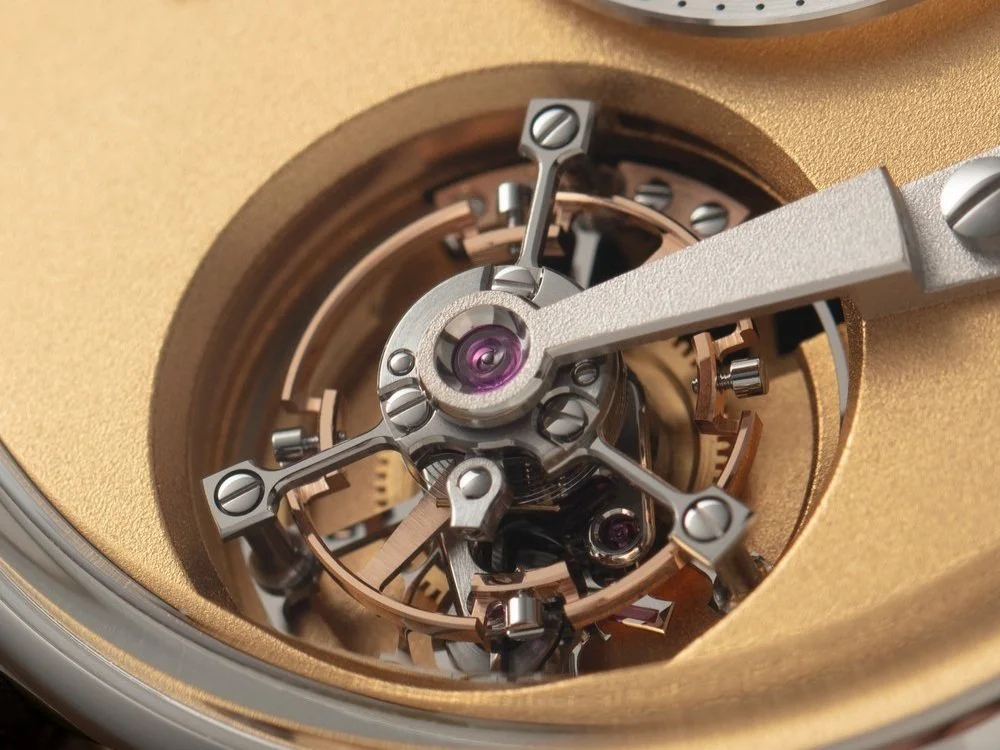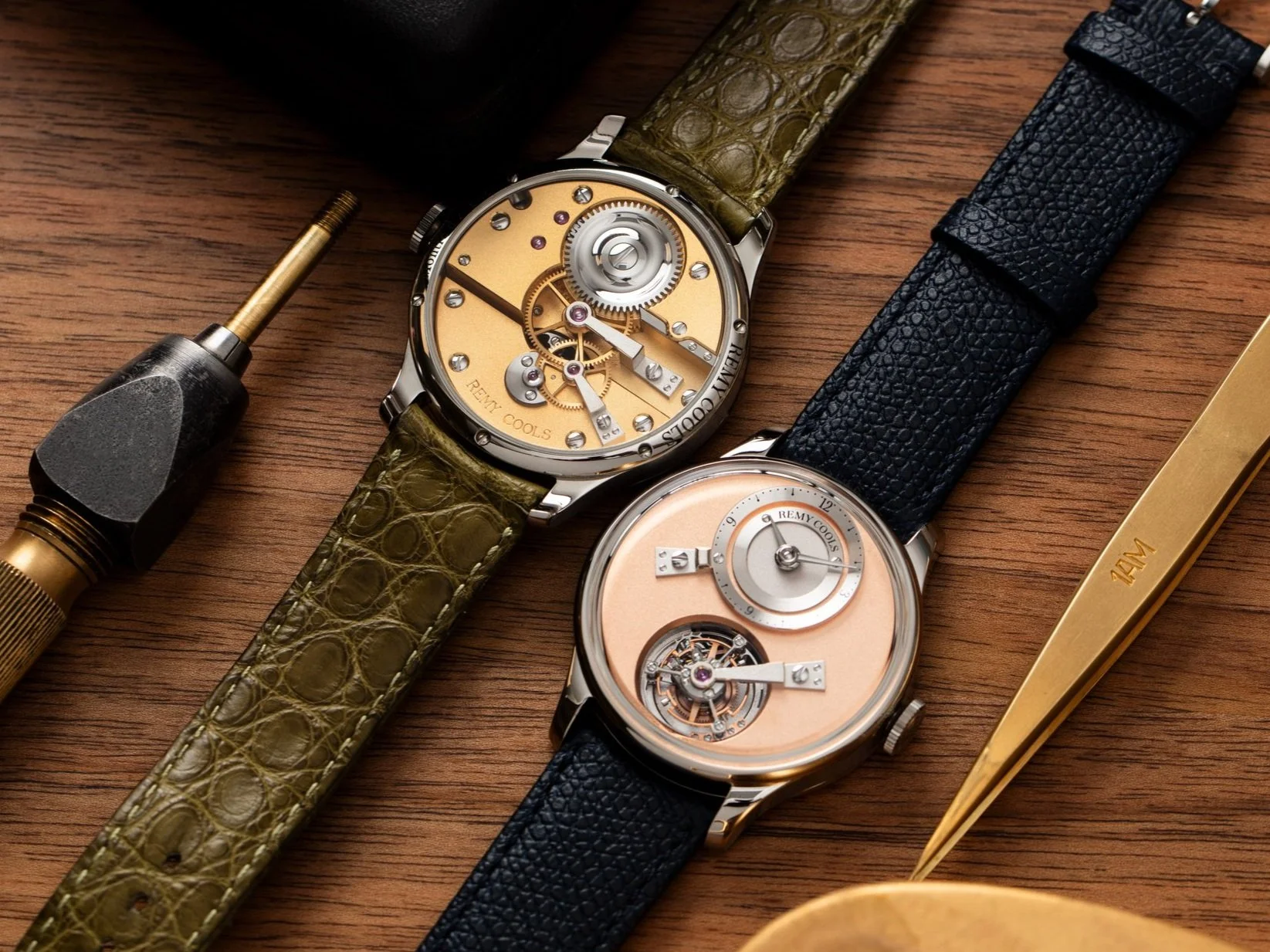The new wave of independent watchmaking – Rémy Cools and the Tourbillon Atelier
High-end independent watchmaking is not particularly youthful. It’s a small industry of roughly 100 watchmakers at the helm of their ventures. It’s global but mostly centered in Europe and carries a median age that certainly sits around 50. Part of this reality is structural – it’s hard to have the required skills and experience to craft exquisite timepieces as a 20-something-year-old. Many craftspeople establish their skills over longer periods of time in the workshops of big maisons or bigger independent brands before venturing out on their own.
In recent years, we’ve seen a fairly large influx of those that tip the demographic scales significantly in the direction of youth though. Felipe Pikullik, Minhoon Yoo, Gaël Petermann and Florian Bedat, Cyril Brivet-Naudot, Rexhep Rexhepi, Rémy Cools – all range from mid-20’s to mid-30’s. This is a whole new generation of independent watchmaking, pushing the tradition forward for decades to come.
From this up-and-coming generation, we were fortunate to meet with Rémy Cools during Dubai Watch Week 2023 and see the watchmaker’s new timepiece – the Tourbillon Atelier. We followed up recently for an extended conversation to cover his journey in watchmaking and approach to the craft.
On the come-up
One thing about independent watchmaking, there’s no overnight success stories. It took Rexhep Rexhepi 5+ years to establish the baseline reputation for his atelier. Everyone that captures the watch community’s attention begins in obscurity – working first to survive, then to thrive much later.
In the case of Cools, the journey has already been long and winding to reach the starting line of his first and second timepieces. Graduated from Lycée Edgar Faure in Morteau, right on the French side of the Swiss border, he won the 2018 F.P. Journe Young Talent Award for a desk clock. Transitioning to wristwatches, much of Cools’ design and aesthetic language to come is found in that first creation, the Mechanica Tempus Pendulette Tourbillon desk clock.
Rémy’s clock – the Mechanica Tempus Pendulette Tourbillon
After schooling, he went to work with Greubel Forsey, a short stint that entailed crafting components by hand for the legendary Hand Made 1. When we spoke, he mentioned that the time at Greubel Forsey was a pivotal step toward launching his own workshop. “It is important to see how a company like Greubel Forsey works, to see how a whole team of people can come together to create great watches, and how the workshop operates to craft timepieces at that level.”
With his own workshop, Cools began his independent watchmaking journey with the Tourbillon Souscription. A business model used by Breguet and Journe to launch projects, the “subscription” entails a 50% upfront payment, used by the watchmaker to invest in necessary equipment to create the timepiece. For many, this is the only way to get a fledgling business off the ground – machines, tooling, the basics of a good workbench add up to significant upfront costs. Since then, the young, French watchmaker has pushed, step by step, to craft his latest timepiece – the Tourbillon Atelier.
The Tourbillon Atelier
In the name alone, you can trace the development of the watchmaker. From Montre d'École Tourbillon (Tourbillon School Watch) to Tourbillon Souscription to Tourbillon Atelier – there is a significant evolutionary step from first to latest timepiece. So far, this is the most polished, refined version of the watchmaker’s work.
With the movement a whole 4mm thinner (huge by watchmaking standards), one of the primary challenges was retaining the movement architecture’s three-dimensionality. “The three-dimensionality of the movement is something that I really wanted to keep – it is what I really like – but there are sacrifices to make when you are making a watch thinner and smaller,” mentioned Cools.
Alongside the smaller case diameter and more slim profile, the Tourbillon Atelier bears a traditional crown. The Tourbillon Souscription used two flip-up keys on the caseback for winding. What the removal of the two flip-up keys buys is now a full exhibition caseback without anything blocking one of the main stars of the show – the movement.
It’s clear that Cools works with meticulous attention to detail. The two-step bridges, overall geometry of the movement, is stunning. It compliments the abundance of fine finishing found throughout with micro-blasting finish on the base plate as well as a perfectly polished, massive ratchet wheel. Tying together one of his design motifs, the same pronounced balance cock design used to hold the tourbillon on the dial is retained for gearing in the movement.
While the geometry and finishing are exceptional, one of the major aspects of this timepiece that surprises is Cools’ work developing very technical components. The tourbillon cage features an in-house balance wheel. Generally, the thing watchmakers want to craft the least, it takes serious confidence in one’s skills to navigate the chaos that is creating an in-house balance.
Finding one’s footing in the tradition
While there are more than a dozen articles that make the aesthetic connection to Breguet, all emphasizing the “traditional-ness” of Cools’ work, the watchmaker himself is quick to clarify that Breguet is only one of the influences. “I am deeply interested in the history of French watchmaking. Breguet is a big figure, for sure. But there are many more that play a big role in my watchmaking – Henri Motel, Julien Leroy, Robert Robin. They are a huge inspiration for my ideas as well.”
Any watchmaker, or artist in the most general terms, leverages history for inspiration but strives to move beyond mere imitation. So far, Cools has been successful in threading the needle through the past and future. Tourbillon Souscription, then Tourbillon Atelier covered above, are both Breguet-ish but far from Breguet timepieces. The movement architecture and overall proportions in the dial and case are thoroughly 21st century creations. In all of this, the thing that is so impressive about Cools, only in his mid-20’s, is how established his design language is.
As far as we’ve ever been able to understand these things, the specific aesthetic of a given watchmaker is highly personal. It has to do with the watchmaker’s tastes, inspiration, the iterative, creative process that leads to the final design. It’s difficult to clearly separate different aspects of a timepiece to see all of the different things at play, influencing the final form of a product. All we know is, Cools has found a way to express his taste, what he wants to see in the world, in a way that stands out for its style and finish. With such a strong foundation, there is a bright future for Cools and tons of possibilities to explore other mechanisms, complications, and designs.





